Hamamatsu Station
Hamamatsu Station is an original modern artwork realized by Utagawa Hiroshige (after) (1797 – 12 October 1858) in 1891.
Woodcut Print Oban Format.
Reprint 1891.From the series "Gojusan tsugi meisho zue" (55 stations of the Tokaido road), the station Hamamatsu. In the image signature of Hiroshige, seal of the publisher Tsutaya Kichizo, censor seal Aratame and dated 1855. However, it is a recut of the Meiji period of the publisher Kodama Matashichi, date and inscription of the publisher on the left margin, on the right margin more text.
Good impression with blind embossing, pray of waves below, backed.
Hamamatsu Station is an original modern artwork realized by Utagawa Hiroshige (after) (1797 – 12 October 1858) in 1891.
Woodcut Print Oban Format.
Reprint 1891. From the series "Gojusan tsugi meisho zue" (55 stations of the Tokaido road), the station Hamamatsu. In the image signature of Hiroshige, seal of the publisher Tsutaya Kichizo, censor seal Aratame and dated 1855. However, it is a recut of the Meiji period of the publisher Kodama Matashichi, date and inscription of the publisher on the left margin, on the right margin more text.
Good impression with blind embossing, pray of waves below, backed.
Discover More Interesting Artworks On Wallector.com!
Utagawa Hiroshige, born Ando Hiroshige (1797 – 12 October 1858), was a Japanese ukiyo-e artist, considered the last great master of that tradition. Hiroshige is best known for his horizontal-format landscape series The Fifty-three Stations of the Tokaido and for his vertical-format landscape series One Hundred Famous Views of Edo. The subjects of his work were atypical of the ukiyo-e genre, whose typical focus was on beautiful women, popular actors, and other scenes of the urban pleasure districts of Japan's Edo period (1603–1868). The popular series Thirty-six Views of Mount Fuji by Hokusai was a strong influence on Hiroshige's choice of subject, though Hiroshige's approach was more poetic and ambient than Hokusai's bolder, more formal prints. Subtle use of color was essential in Hiroshige's prints, often printed with multiple impressions in the same area and with extensive use of bokashi (color gradation), both of which were rather labor-intensive techniques.

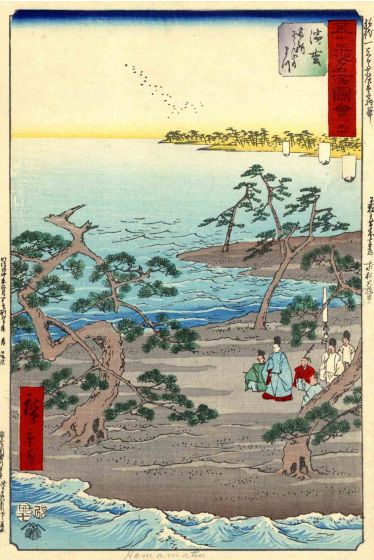

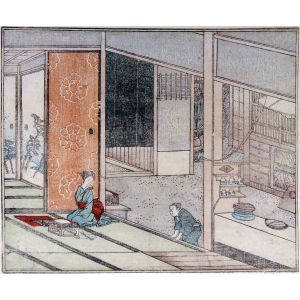

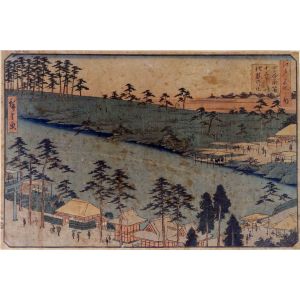
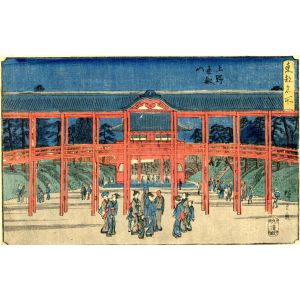
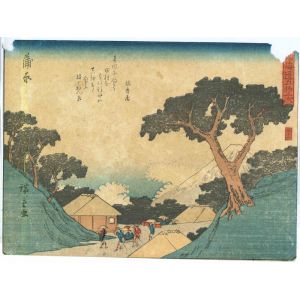
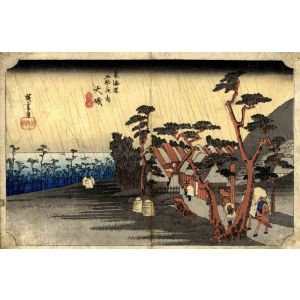
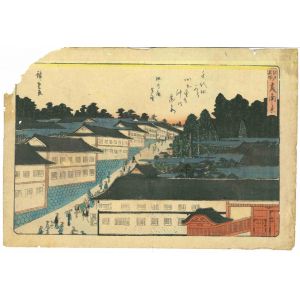
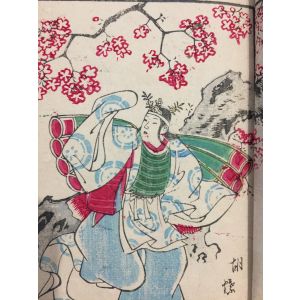
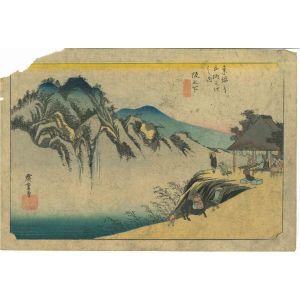

Validate your login